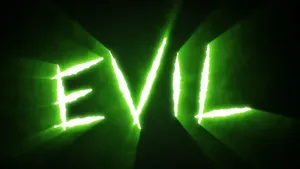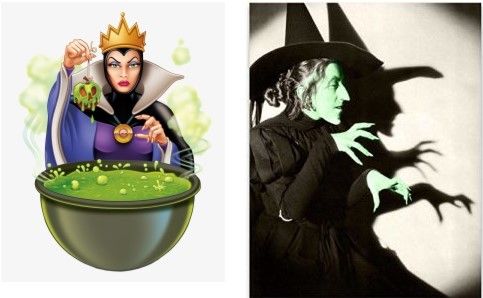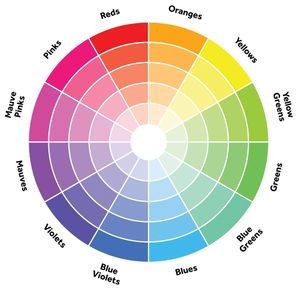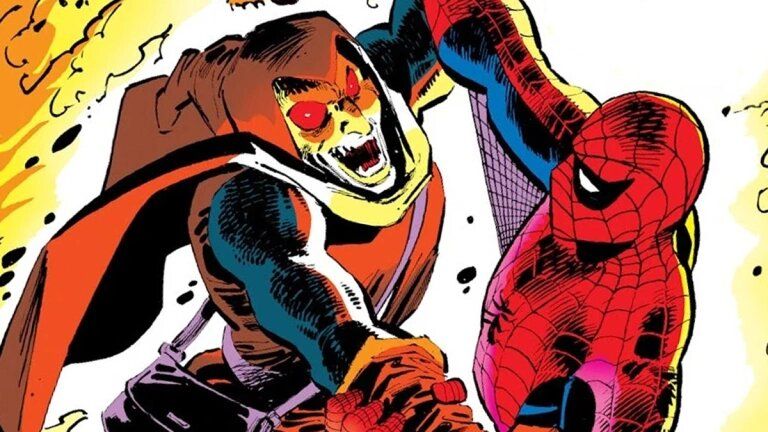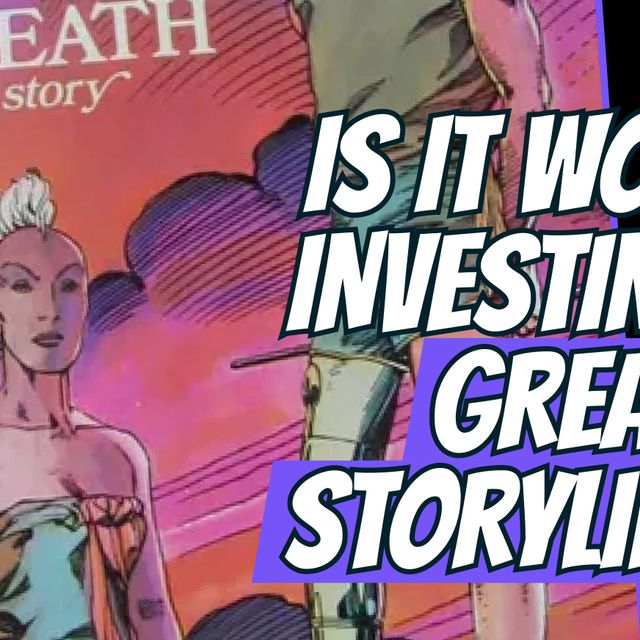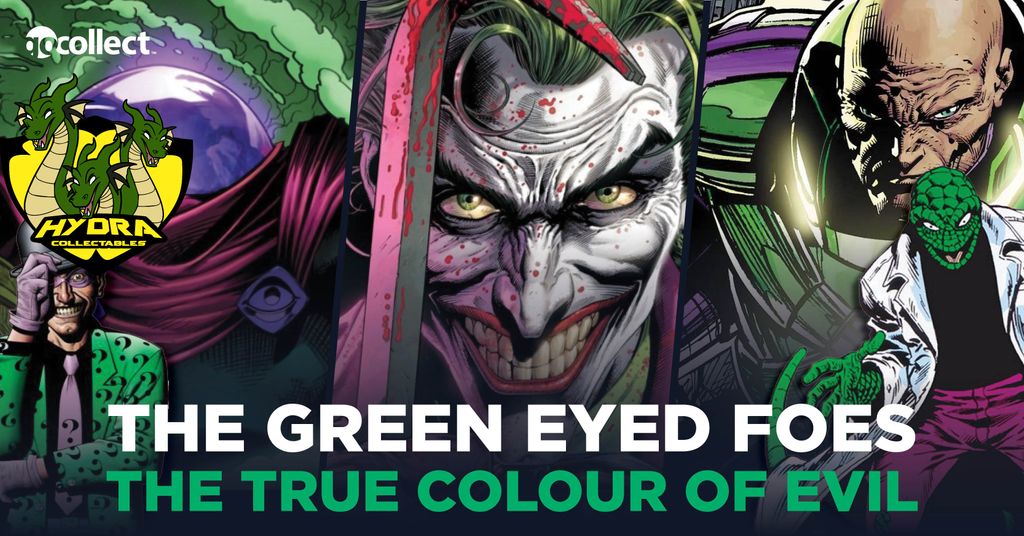
But how did this all start? And will it ever stop?
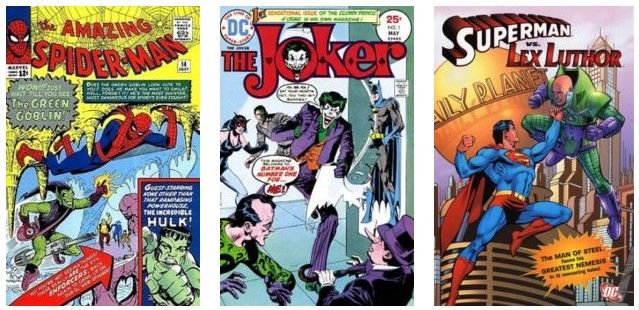
Villains often differ wildly in their personalities.
They each have their own individual mannerisms and motivations and are often very different from one another, true. But if that is the case, then why is it that they all wear the same two colours?
![]()
Let's take a look at the History
Right from the get-go, the inception of colour in newspapers had its limitations. And it was the technology at the time that dictated a lot of the colour choices in print. Bright primary colours were favourable over subdued hues and it was easier for printers to consistently depict a certain shade of red than a shade of grey.
At the time, artists' options were extremely limited, making the choice of the right colour for their new heroes and villains "super" important.
They knew that any new comic sitting on the rack at a local comic book store or newsstand had to have a cover that would immediately grab a buyer's attention.The solution? Put a new, exciting villain on the cover and make sure the reader knew, without having to read a single word from the book, that they were EVIL and likely HUGE trouble for our Hero!
Throughout history, the colour green has often been associated with "evil"
The ancient Greeks believed that many sicknesses were caused by the body producing too much bile, which often turned the patient's skin green. And Shakespeare would also go on to popularise the idiom "green with envy" in more recent times.
And so, the colour green came to represent greed, sickness and envy. All of which would become stand-out characteristics that each of these villains would share.
So that explains the Green... but why Purple?
Well, The colour purple is best known for its association with royalty. And with royalty comes power! Purple dye in the ancient world was incredibly hard to make, mostly due to the scarcity of the necessary materials to create it.
As a whole, purple isn't a colour often found in nature. The lack of supply led to an increase in demand and increase in value. In fact, many Emperors, Kings and Queens forbid most around them from wearing purple garments, choosing instead to save such attire for them alone. Thus, when a comic book artist gives a villain like Lex Luthor or The Green Goblin a purple costume, they are informing the reader without words that this villain is powerful.
This brings us to the colour wheel and how certain colours can complement each other due to their position on it.
Colours that look good together are known as harmonies. A complementary harmony combines two colours on opposite sides of the wheel. A classic example of complementary harmony in comic books is Spider-Man (red and blue).Primary and secondary colours: If one were to mix two primary colours together, the result would be one of the three secondary colours: orange, purple and green.
Generally speaking, superheroes tend to use at least one primary colour in their costume. That being said, however, some can have all three! Superman and Wonder Woman, for example, both have all three primary colours as part of their overall appearance.
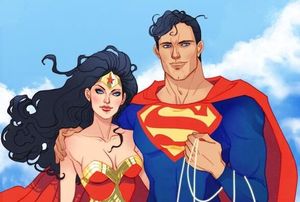
The 2nd incarnation of the Goblin, Hobgoblin, even went from green and purple to orange, still keeping with the secondary colour theme.
As the years went by, we would fast forward to a time when readers had become familiar with the "Green and Purple = Evil trope".
Artists began to have some fun with their readers, using this popular belief to challenge audience expectations.
Now granted, this was an early one but let's take a look at Hulk.
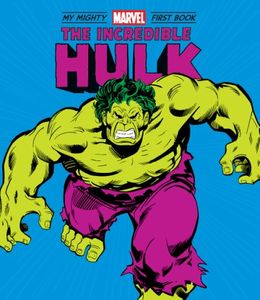
The Hulk, when angry, can attack both friend and foe. And after seeing the public turn on him, he (Bruce Banner) sees himself as a monster and, thus, the colour pallet matches to fit.

I doubt this concept will ever go away completely.
It is too embedded within our minds now to change. New heroes will continue to appear dressed in the primary colours of red, blue, and yellow while the villains plot their evil schemes in garments of green, purple and orange.
*Any perceived investment advice is that of the freelance blogger and does not represent advice on behalf of GoCollect.
